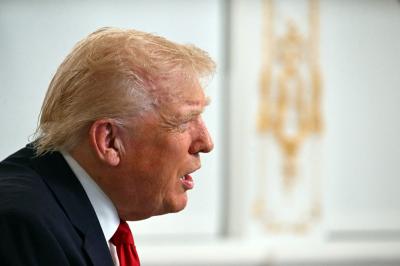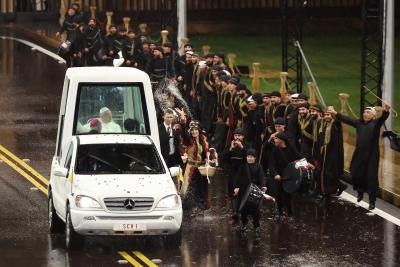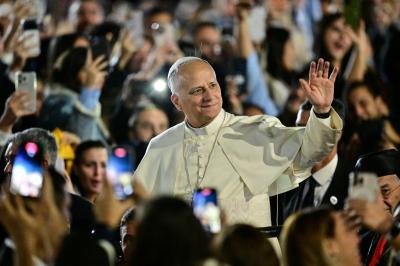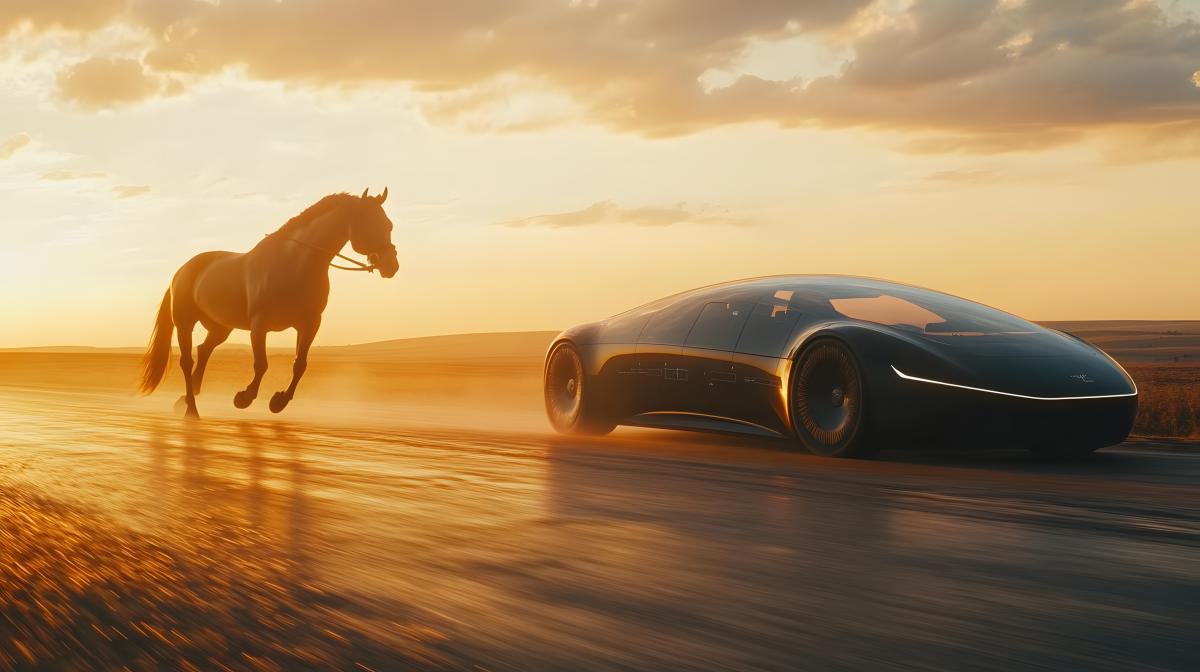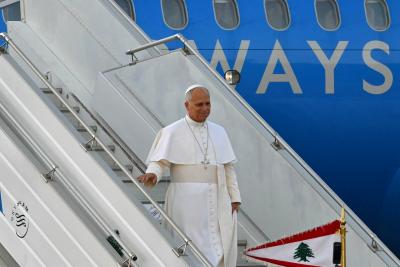When we hear about a car with 300 or 400 “horsepower,” we might imagine a herd of horses galloping across the plains, pounding the ground with their strength, speed, and neighing. But what is the connection between these muscular animals and car engines? And why is the unit “horsepower” still used today to measure power despite scientific and technological progress?
The secret dates back to the late 18th century, when Scottish scientist James Watt was trying to market his revolutionary invention: the steam engine. Watt wanted to convince mine owners, who relied on horses to pull heavy loads, that his new engine was more efficient and effective.
Simply put, Watt decided to express the power of his engine in a familiar language. He observed horses at work and found that one horse could move about 200 kilograms a distance of 20 meters in one minute. From this, he invented the unit “horsepower” as a way to link industrial performance to the animal labor that was the standard reference at the time.
When Watt claimed his engine produced power equivalent to 10 horses, he meant it could do the work of 10 horses simultaneously. This straightforward formula was the easiest and most convincing way to persuade mine owners.
More than two centuries later, the “horsepower” unit remains strongly present in the world of cars and heavy machinery—not because it is the most precise physical unit, but because it is the most visually and mentally persuasive.
When an ordinary consumer hears that a car has 500 horsepower, a clear metaphorical image forms in their mind: a tightly packed herd of horses galloping fast, accompanied by neighing, dust, and power.
Car companies themselves have contributed to cementing this image, taking advantage of “horsepower” as an irresistible marketing symbol that embodies superiority, control, and speed.
Today, with advances in technology—especially in electric cars, rockets, and aviation—more precise units like the watt and newton have emerged. Yet “horsepower” endures, especially in sports cars, as an emotional and historical symbol from a time when horses powered the economy.
Measurement units may be just numbers, but horsepower has proven to be much more than that.
Please post your comments on:
[email protected]
 Politics
Politics

